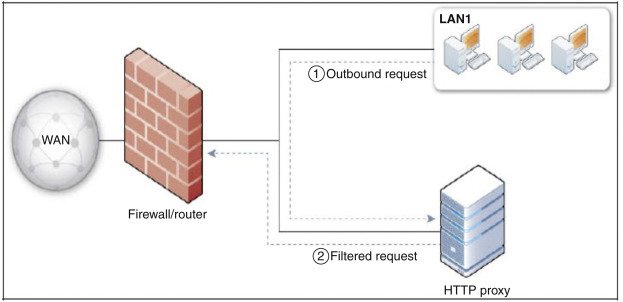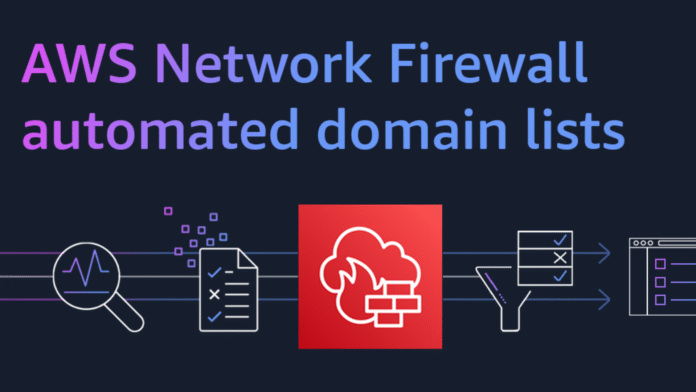Firewalls serve an important purpose in safeguarding networks against unauthorized access and cyberattacks. Manual configuration of firewalls was the accepted practice in times gone by, but it often led to errors, lags, and inconsistent policy applications. Today, automation provides a whole new operating paradigm, enabling speed, accuracy, and security. You will find in this blog why automating the firewall setup is important, how it works, and its advantages to today’s enterprises.
Why Manual Firewall Configuration Works on the Wrong Side
Manual firewall management is labor-intensive and filled with possibilities for human error to creep in. Even experienced IT departments encounter problems with complex rules in multi-cloud environments. Further, inconsistent configurations can lead to compliance issues and security vulnerabilities. With corporate growth, these problems multiply, thereby amplifying the chance of breaches. Hence, businesses must seek a smarter alternative to secure and protect their networks competently and accurately.
What is Firewall Automation?
In layman terms; Firewall automation means the use of scripts, tools, and central platforms to configure, manage, and monitor firewall policies with no manual intervention. Rather than update every single rule manually, administrators can make changes across many devices with only a handful of clicks. Automation will also keep consistent security policies across on-premises, cloud, and hybrid environments. Because of that, organizations obtain speed and accuracy in the firewall management process.
The Key Benefits of Automating a Firewall Setup

The organizations stand to gain the following through the automation of firewall configuration:
- Stronger Security: Automation reduces human errors, and this remains the main cause of security breaches.
- Faster Deployment: IT would be able to apply firewall rules in seconds rather than in hours.
- Regulatory Compliance: Automated processes maintain detailed logs for audits and compliance checks.
- Operational Efficiency: Thus, the teams can focus on strategic security work instead of simple repetitive tasks.
As a result, companies lower risk, save time, and enhance their general security posture.
Setting Up Firewall Automation
Firewall automation requires the right strategy for implementation. Start with evaluating and scrutinizing your firewall policies for the mismatches or gaps. Next, select a mature automation tool that integrates well with your firewall vendor, such as Cisco Firepower, Palo Alto Panorama, or Fortinet Manager. Then come to standard security policy templates which ensure consistency across all devices. After testing in a sandbox environment, proceed towards deployment with continuous monitoring of performance; finally, document everything for audit compliance and policy alignment.
Most Popular Firewall Automation Tools
Here are those tools that mark firewalls automation heaven or hell and reduce the labor of efforts required to perform manually:
- Ansible : An open-source automation tool for the complete range of network and firewall configurations.
- Terraform : Infrastructure-as-Code tool automating firewall provisioning in cloud.
- Cisco Firepower Management Center : This provides a central management entity for Cisco Firewalls.
- Palo Alto Panorama : Provides center control over all Palo Alto firewalls.
The right tool is determined depending on infrastructure, need for scalability and compliance requirements.
Challenges and Best Practices
Automation, however, comes with hurdles. As such, some organizations find it hard to apply themselves to learning brand-new tools. Others are concerned about how new applications will integrate into their existing systems. To counter these, it helps to start with small automation and grow over time. Role-based access controls and backup configurations must also be implemented with thorough monitoring to ensure security. Following these best practices will help the organization derive maximum value from automation, minimizing the possible risks.
Conclusion
Setting up an Automating firewall without automation in the digital era is just not right. By embracing automation, businesses can improve their security posture, cut down on errors, and save a significant amount of time. If your organization is still tying up resources with manual firewall management, it should switch this very minute and turn to automated management to ensure a brighter and safer tomorrow.



